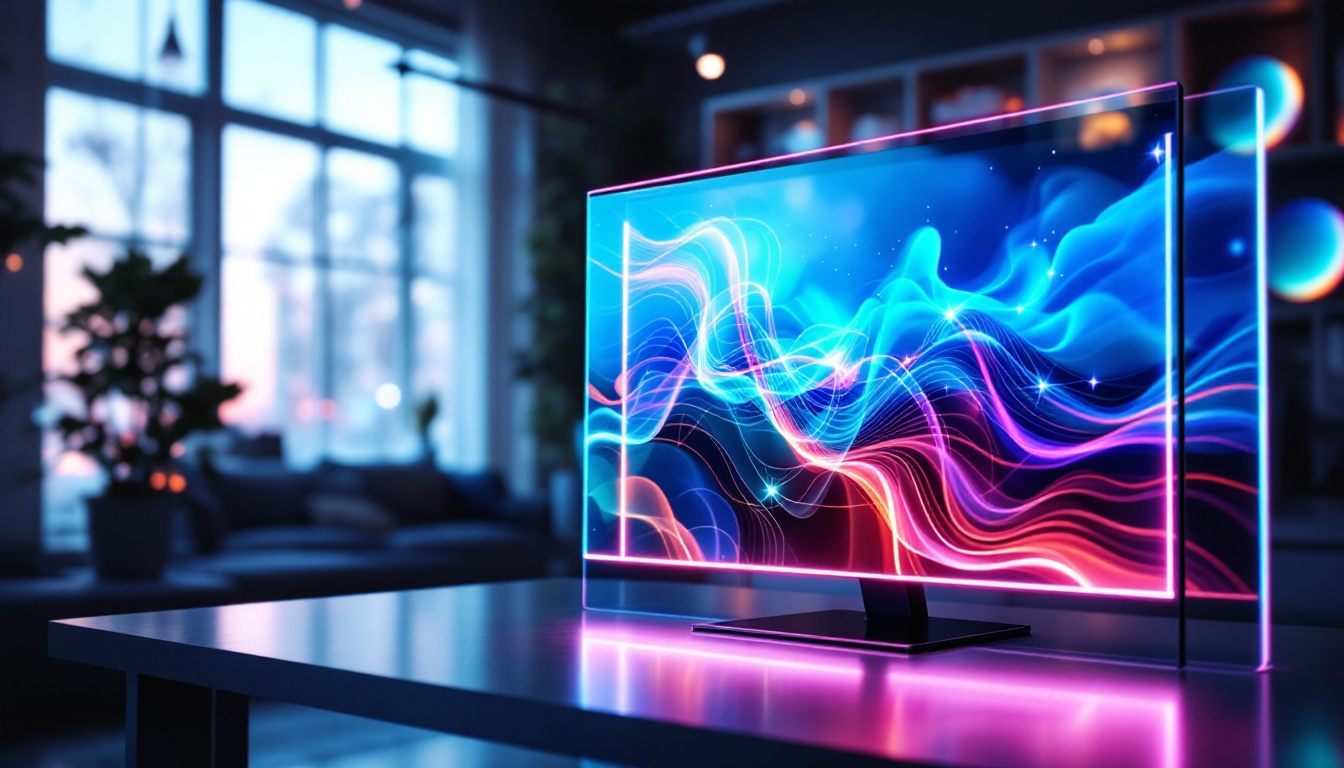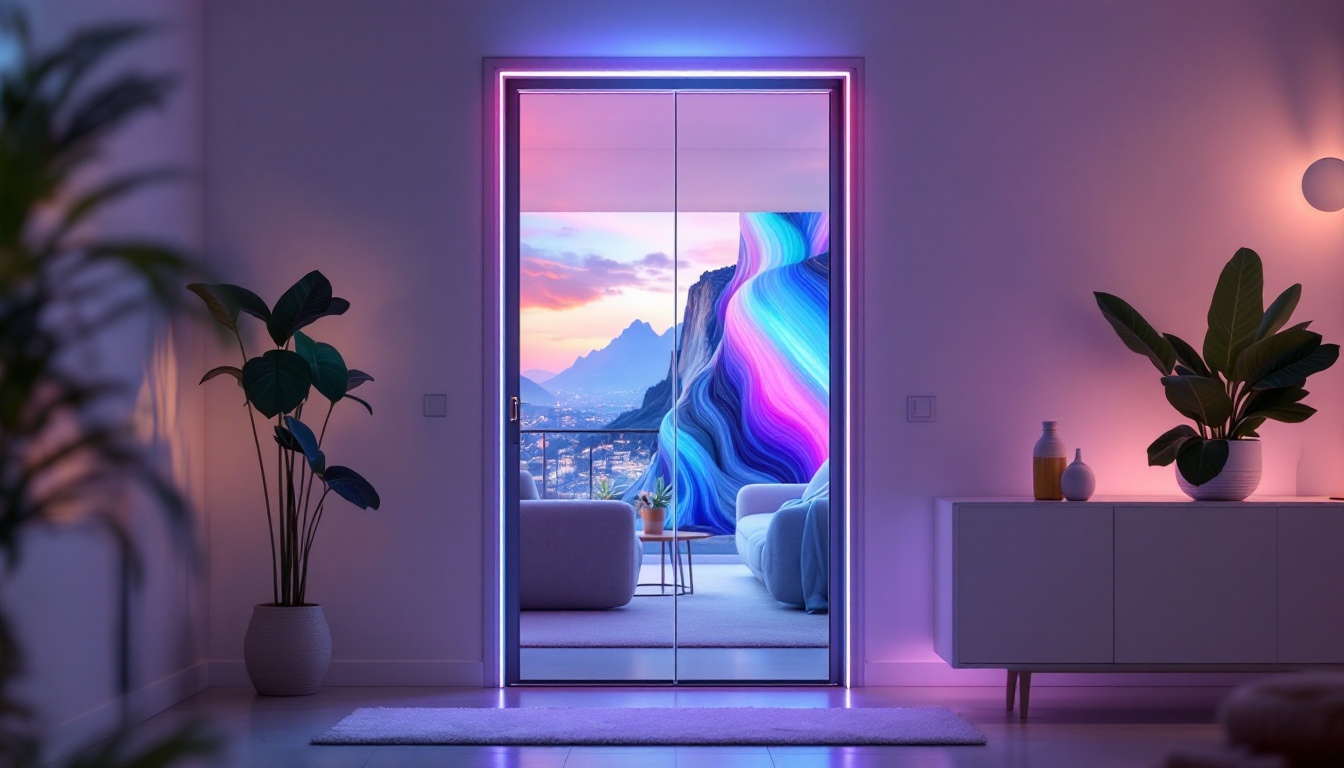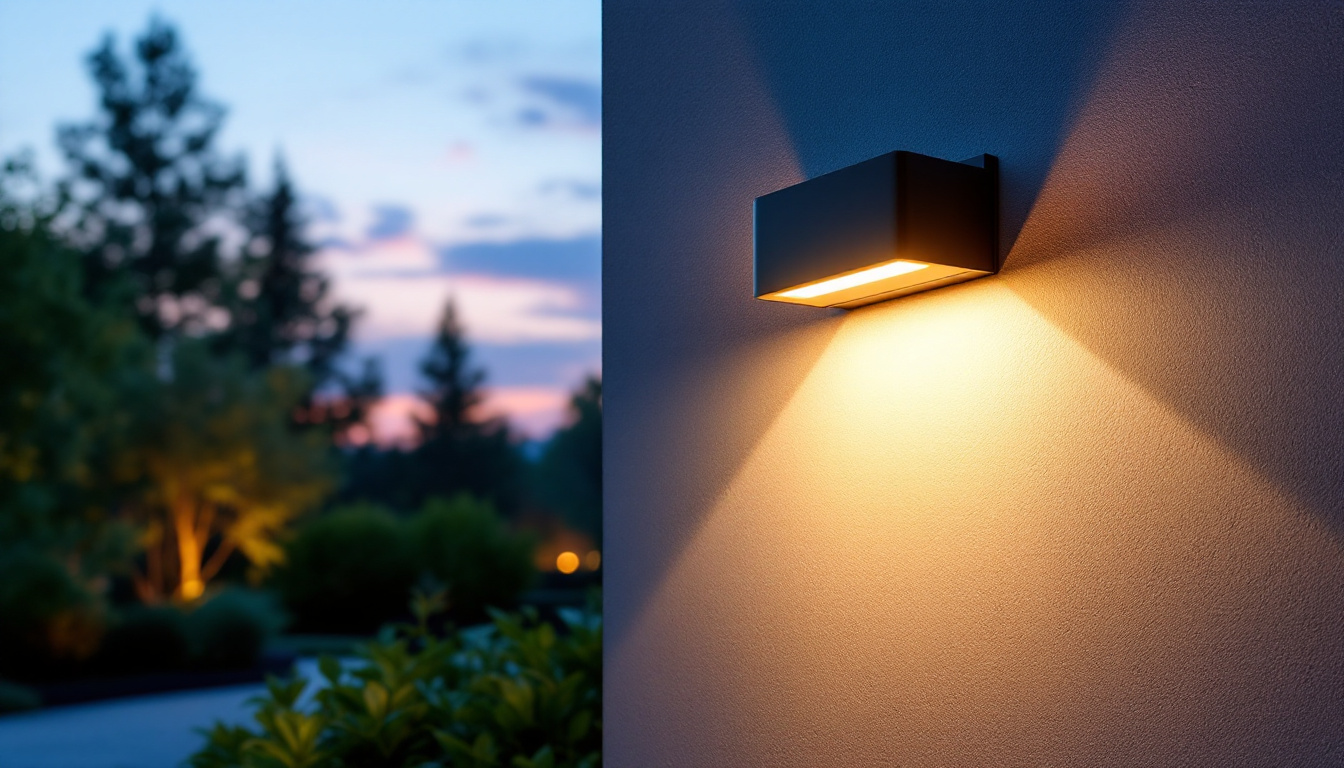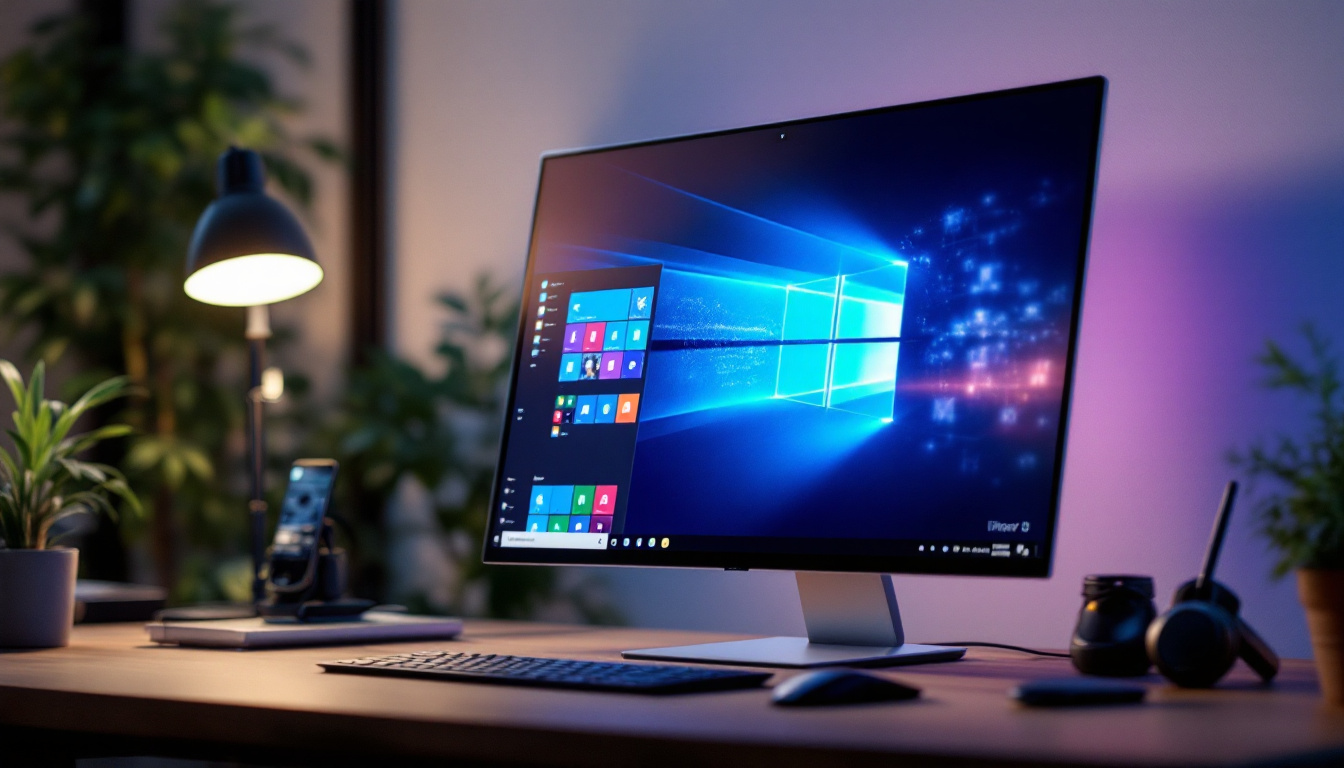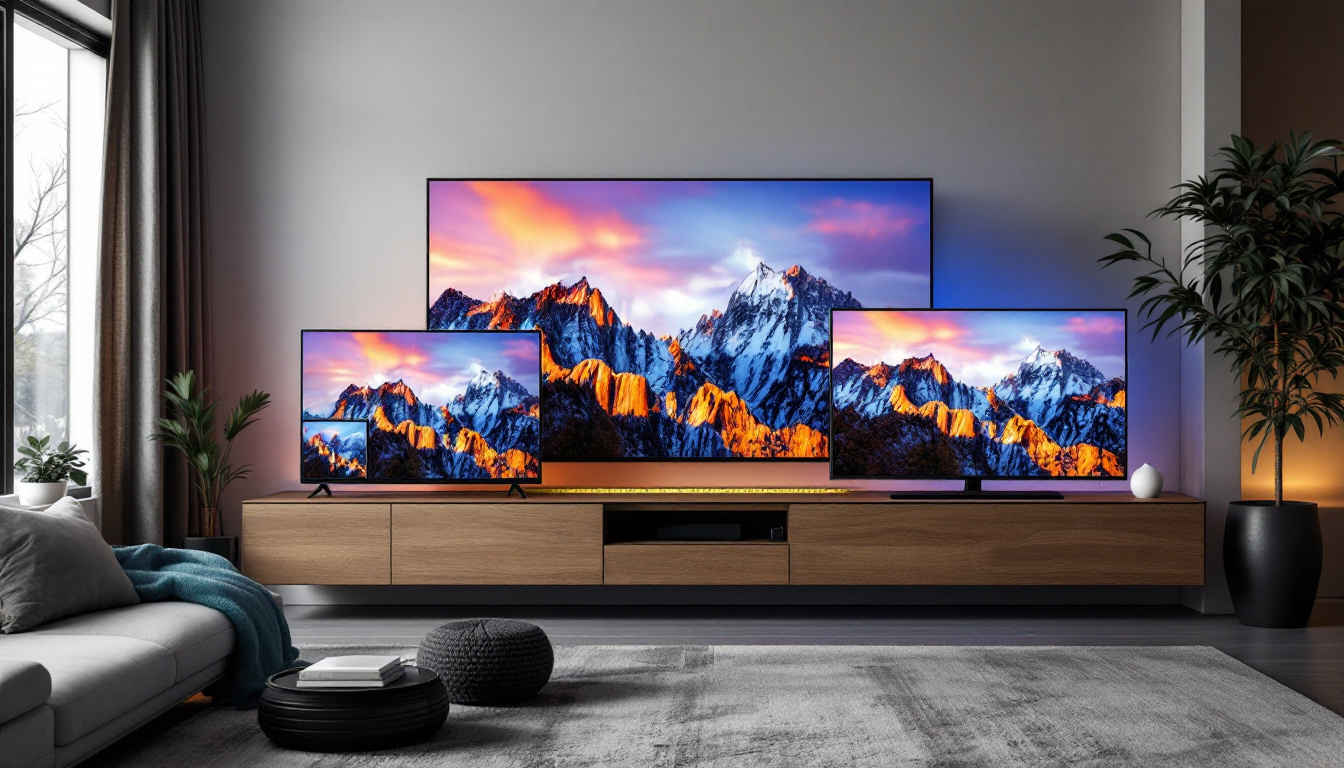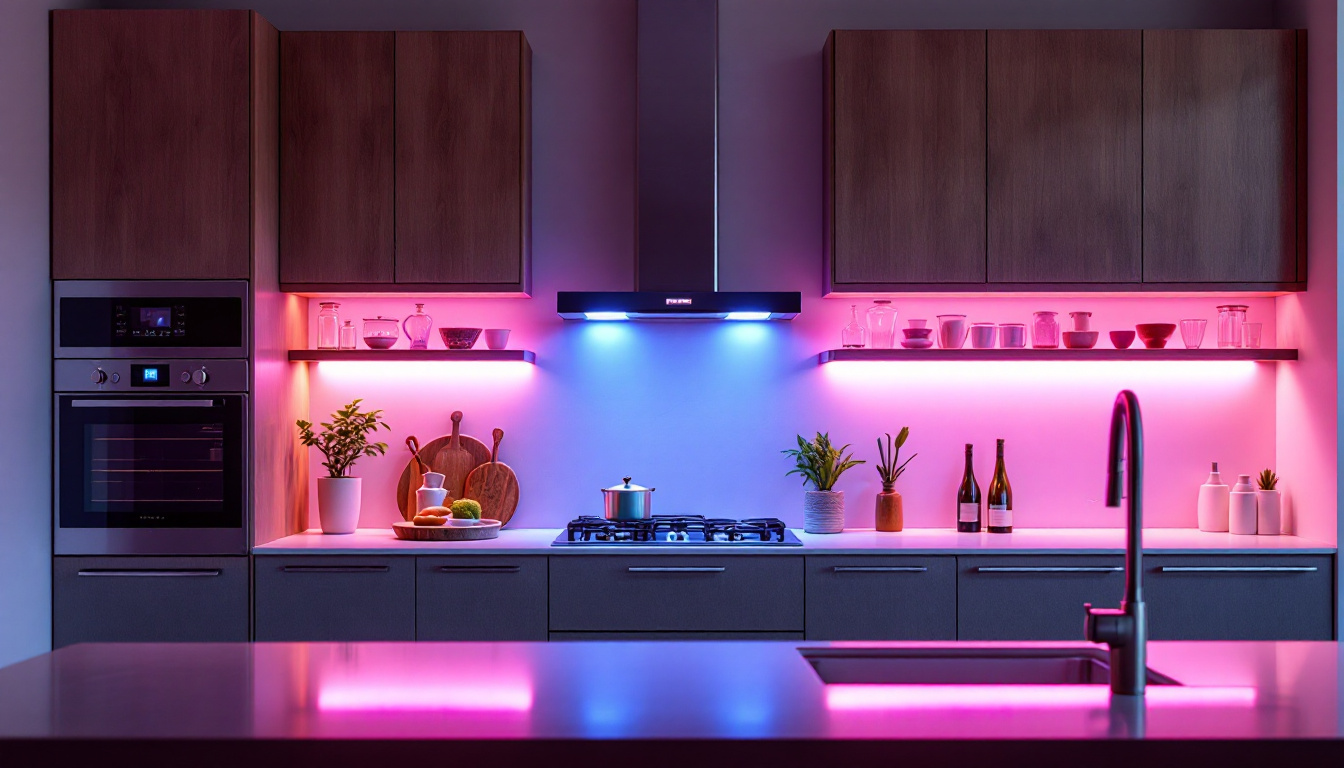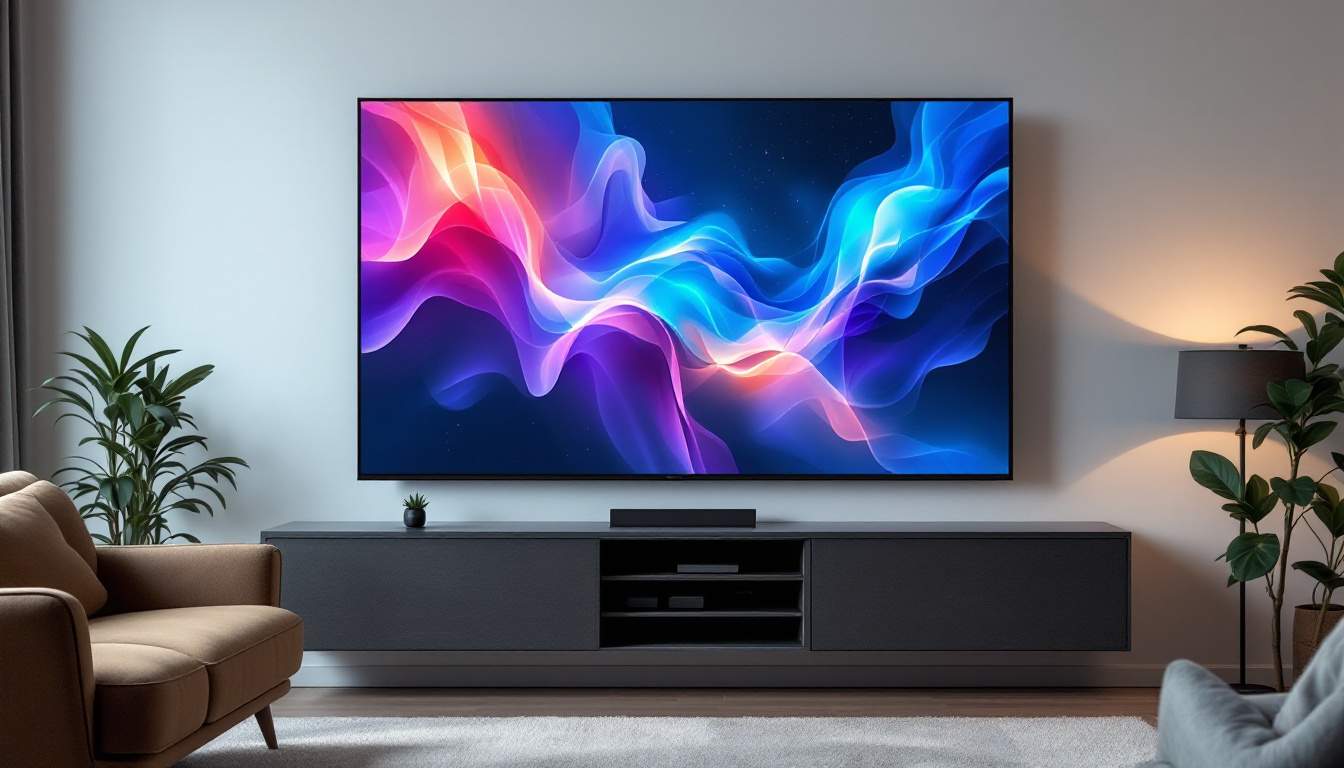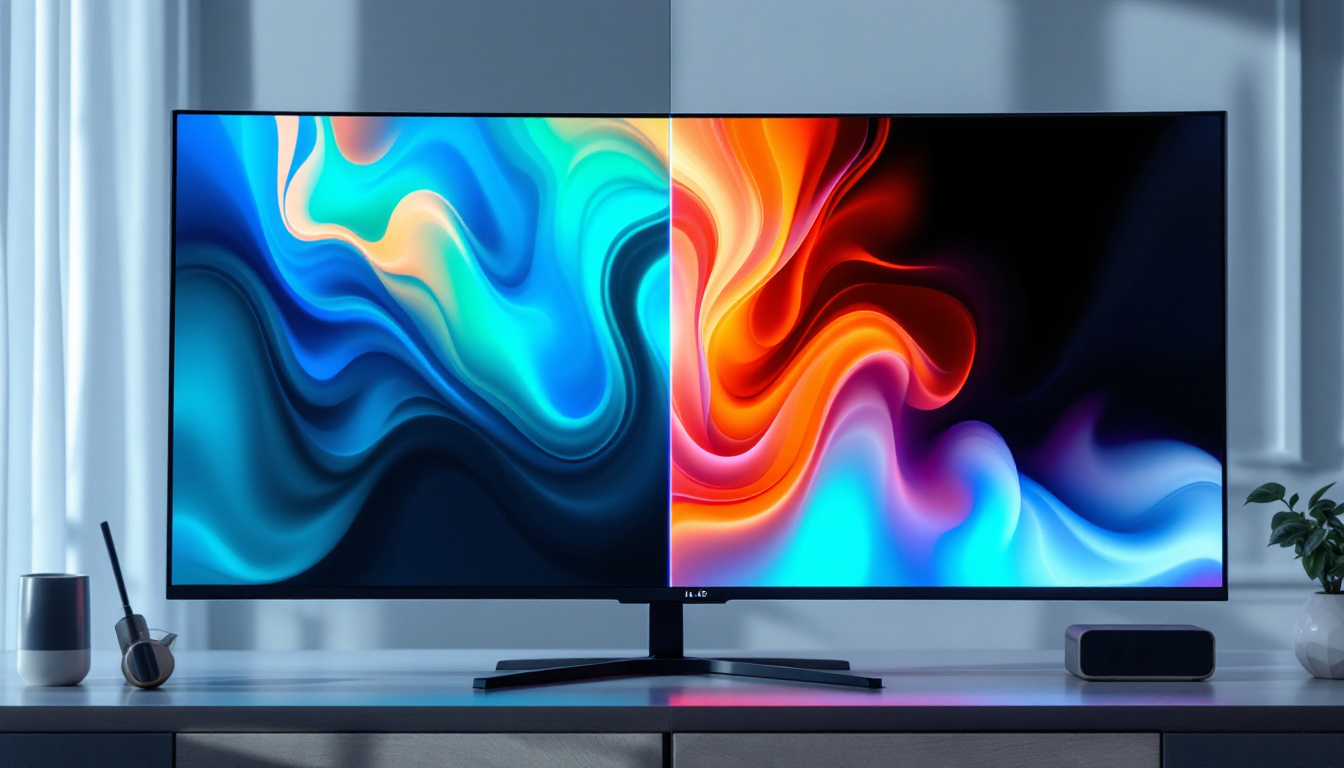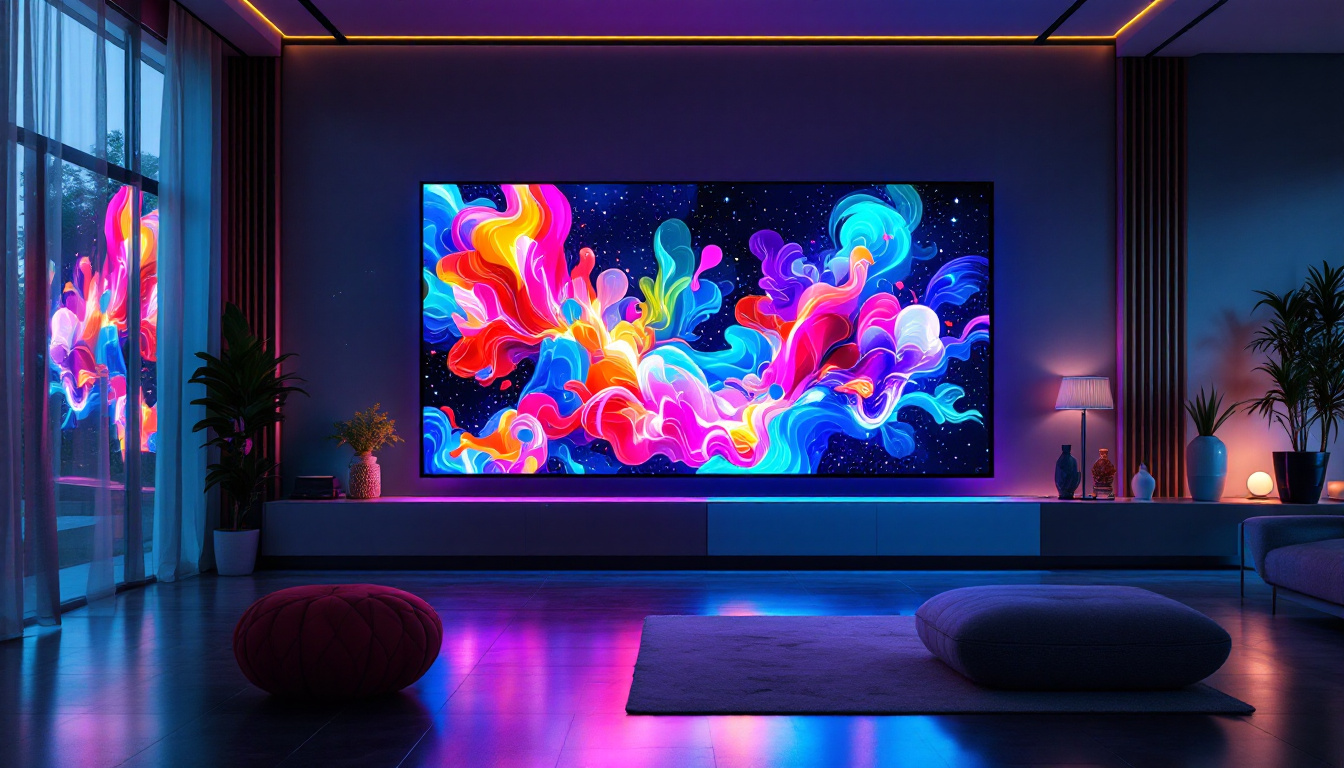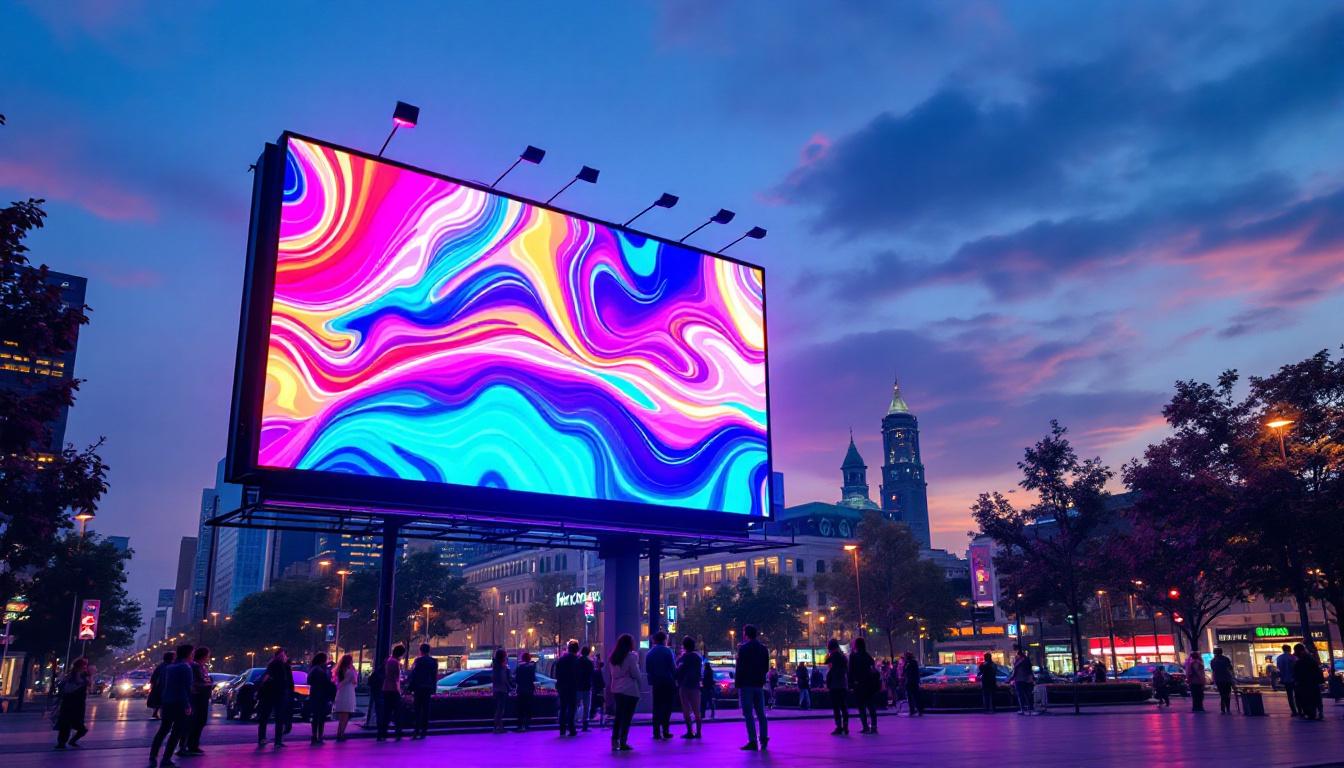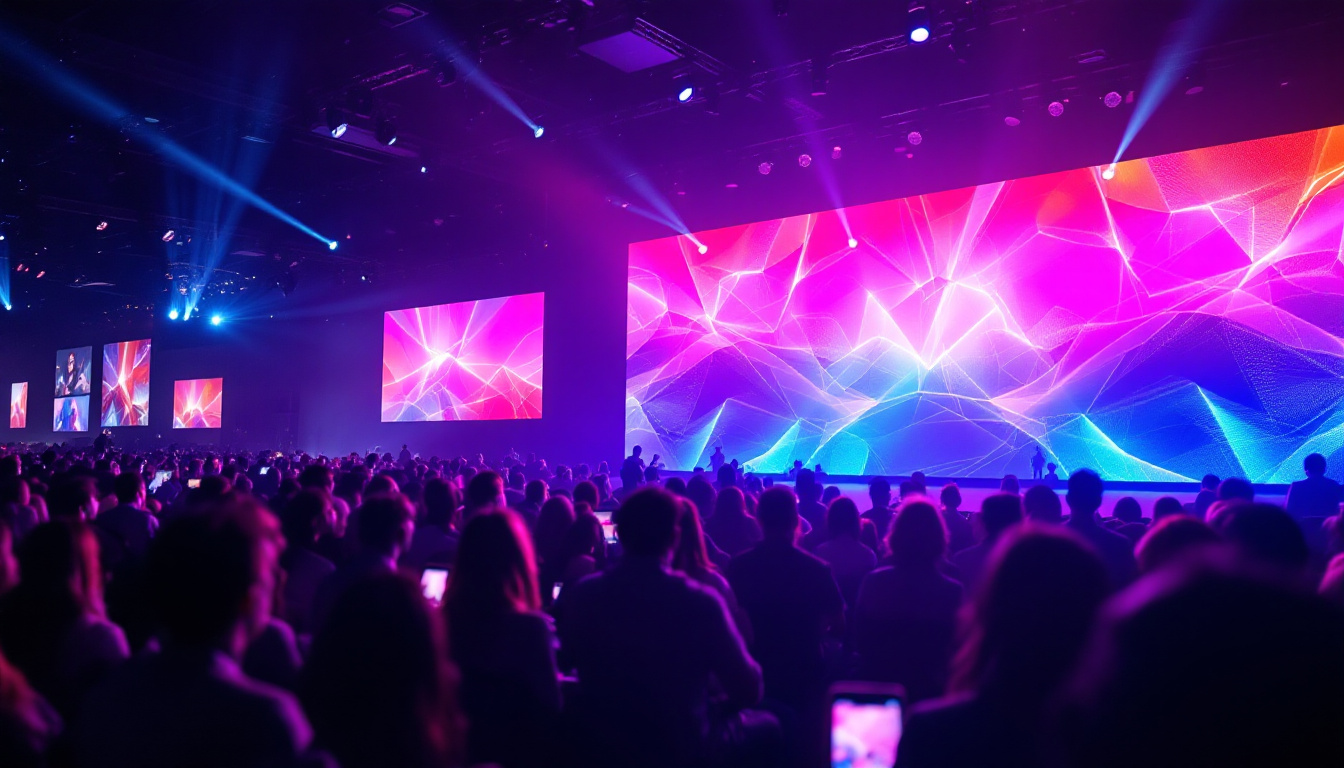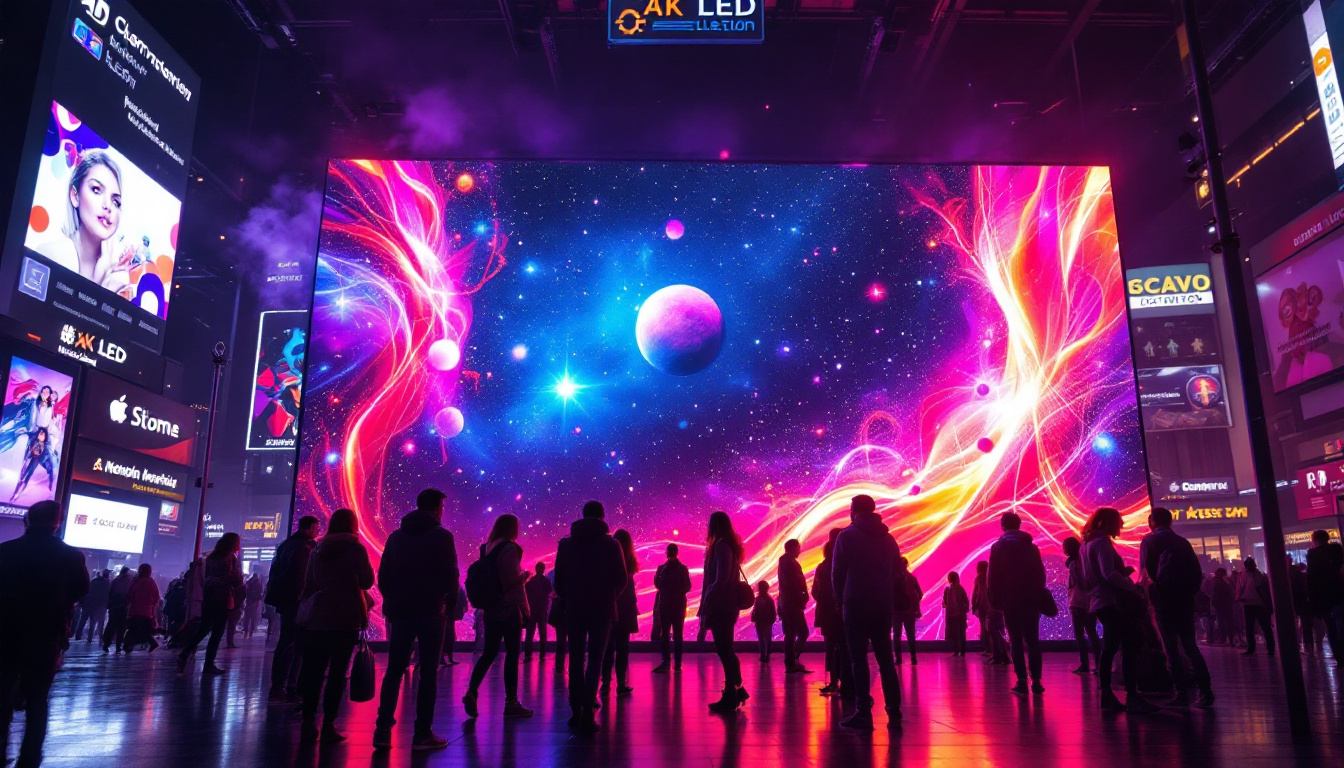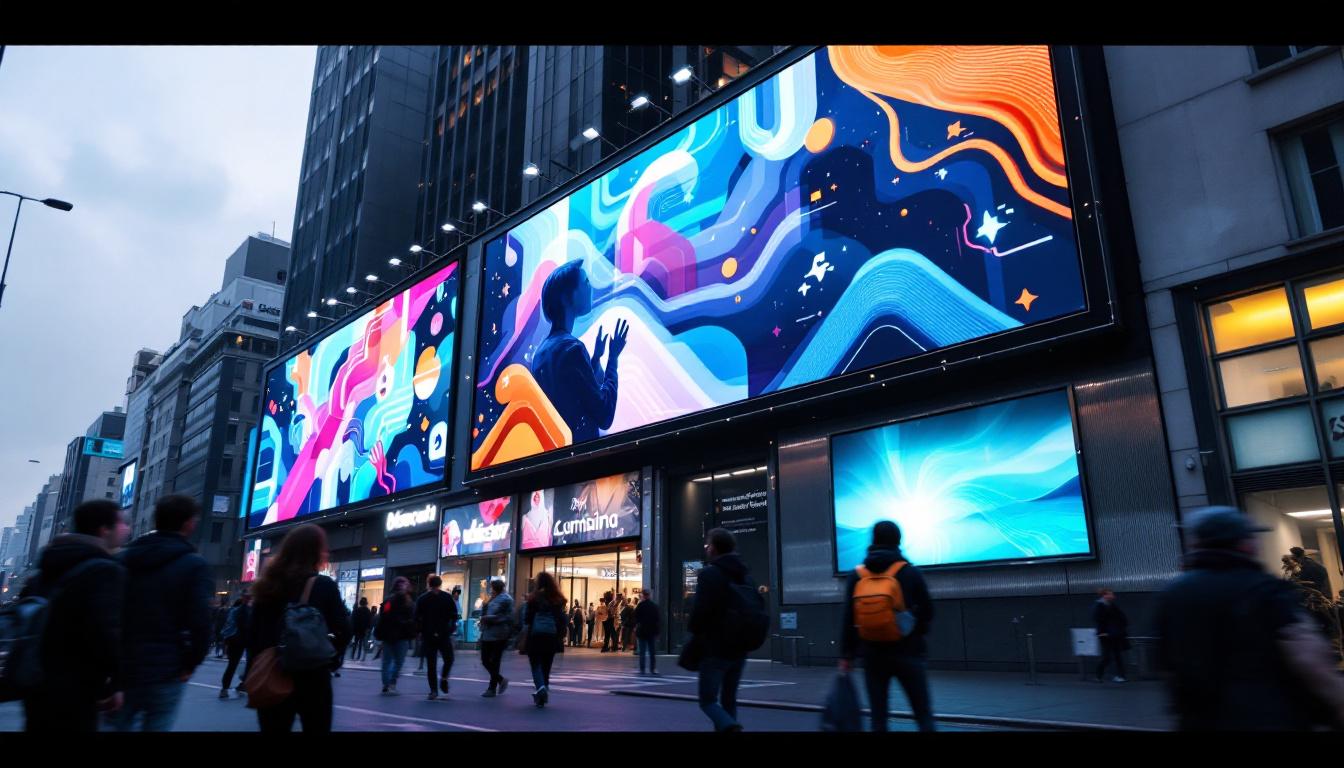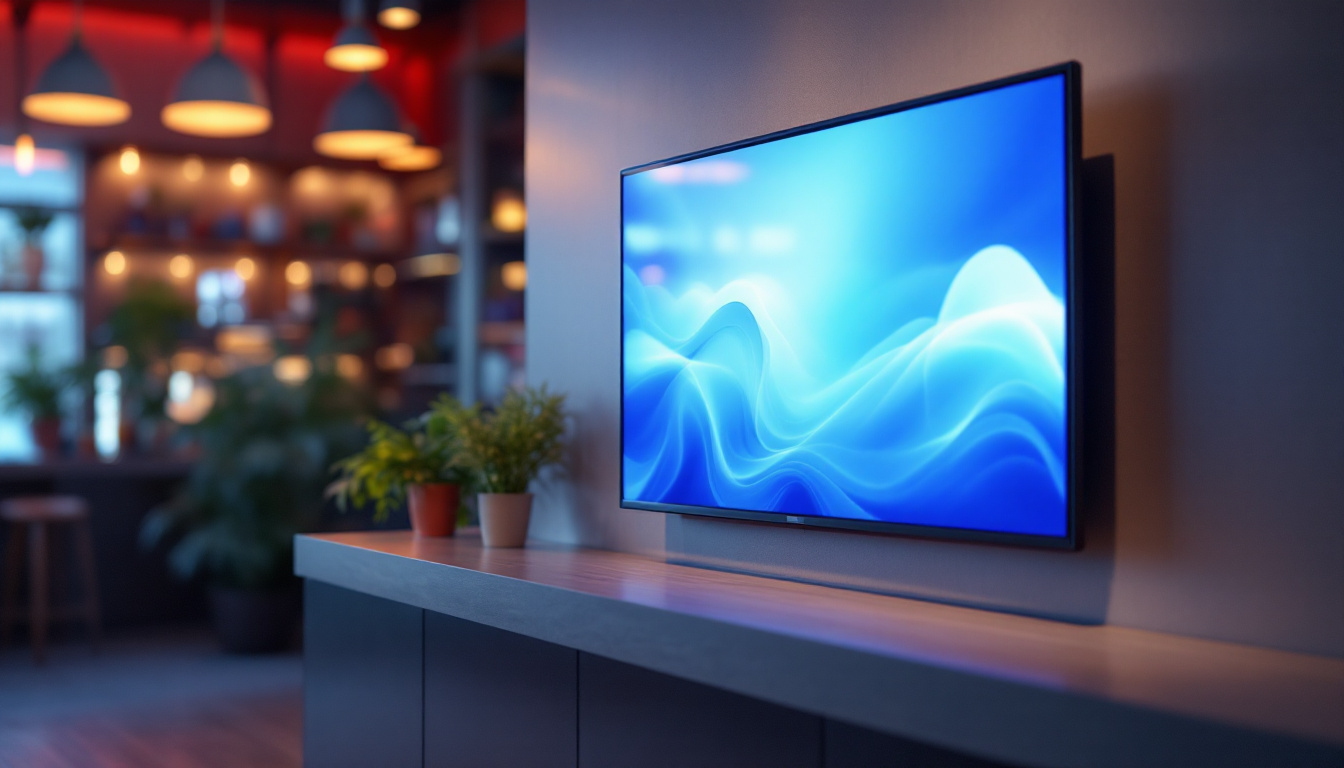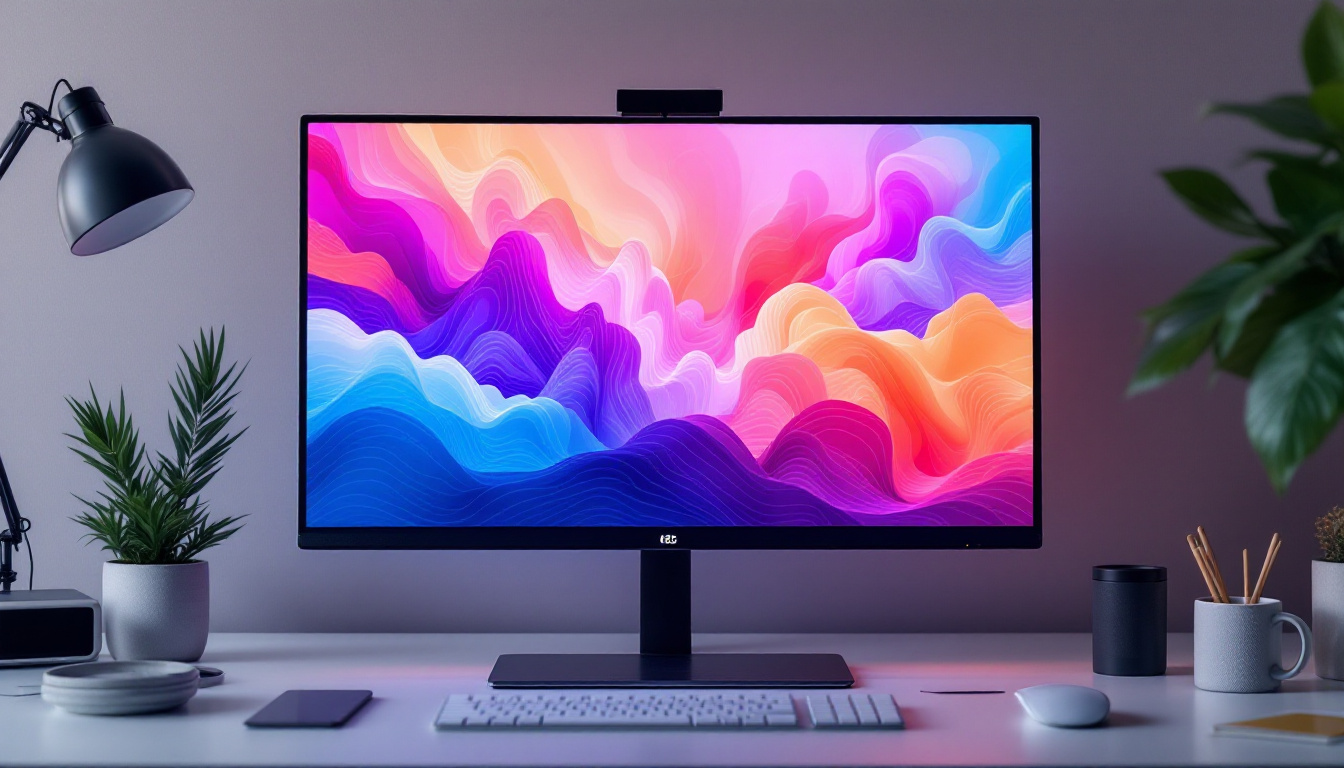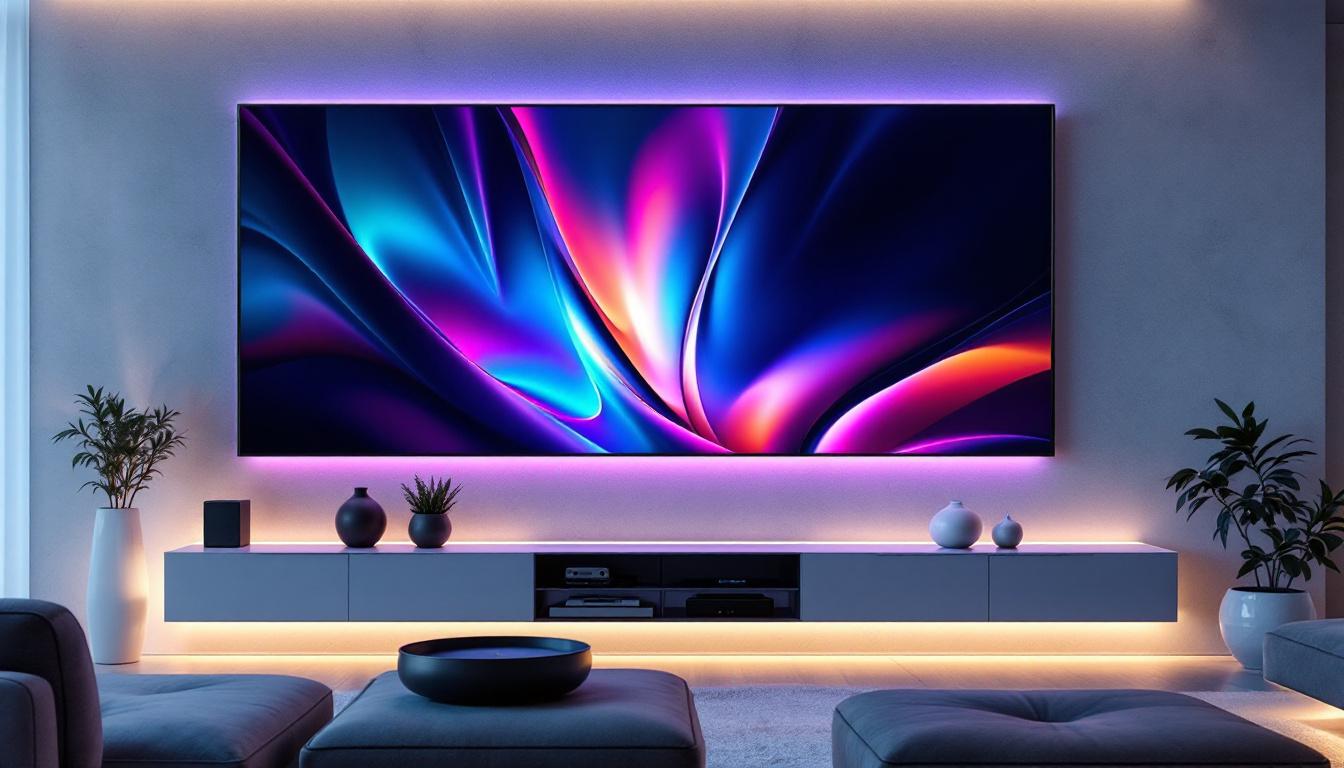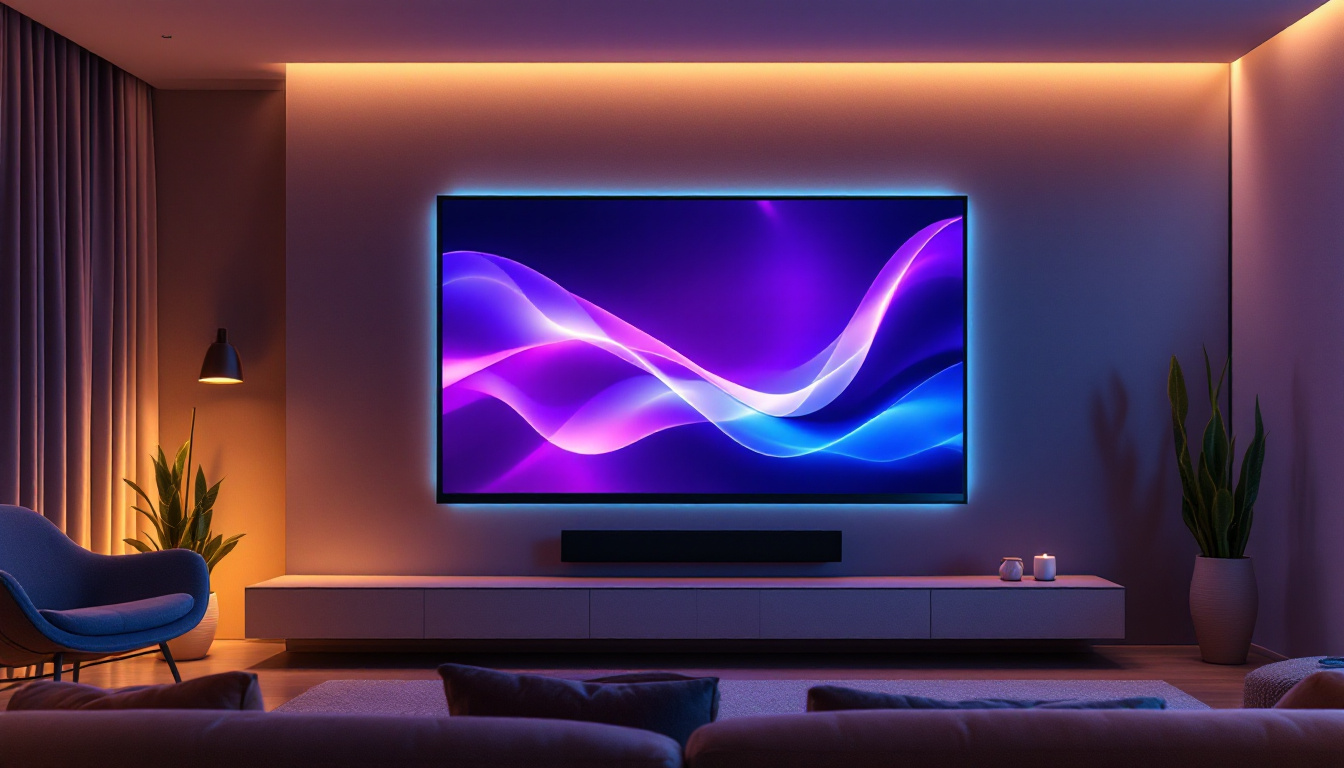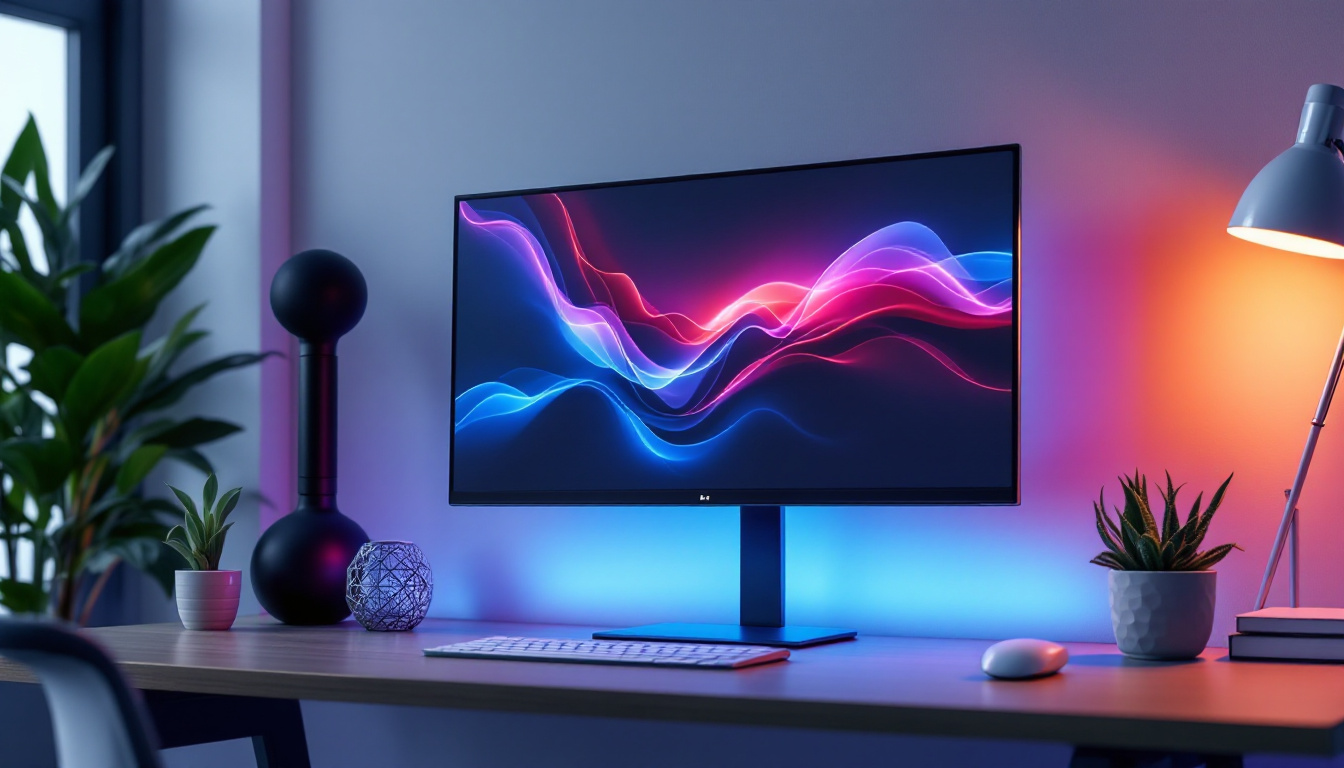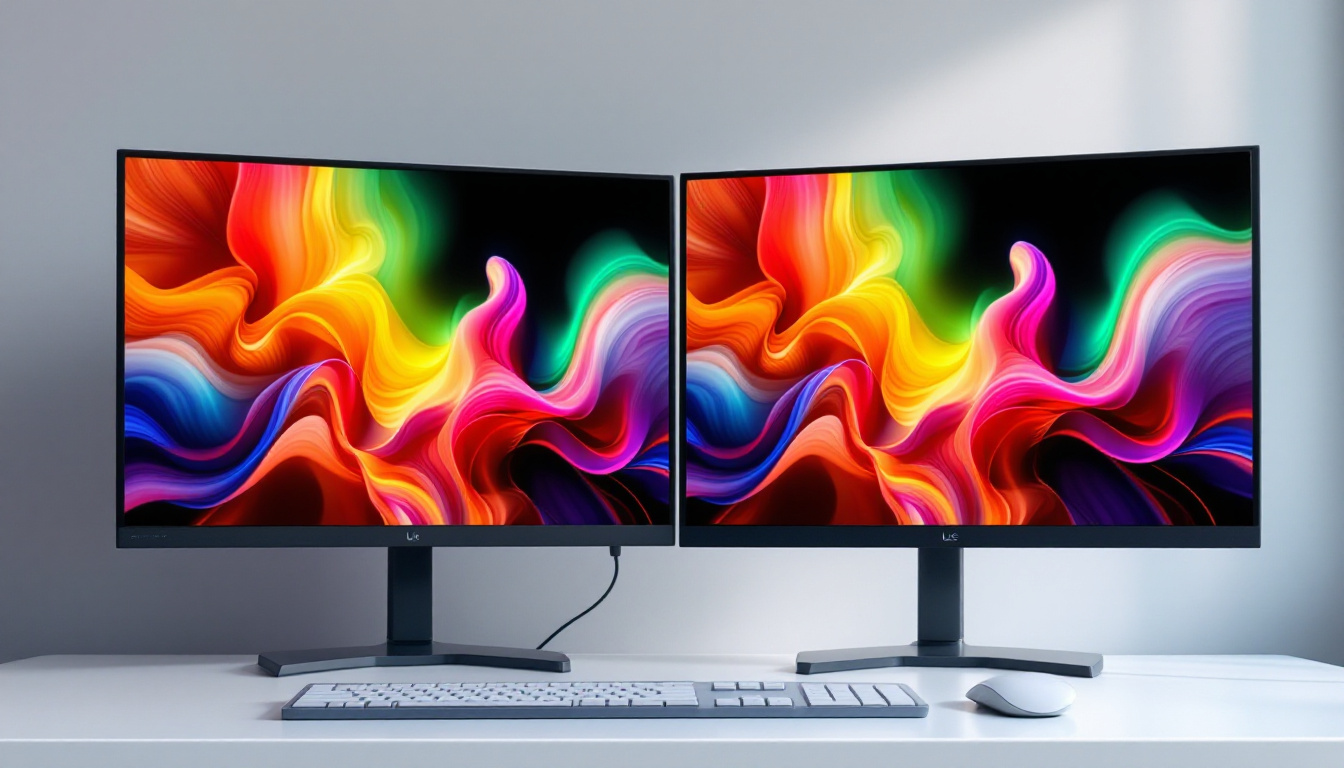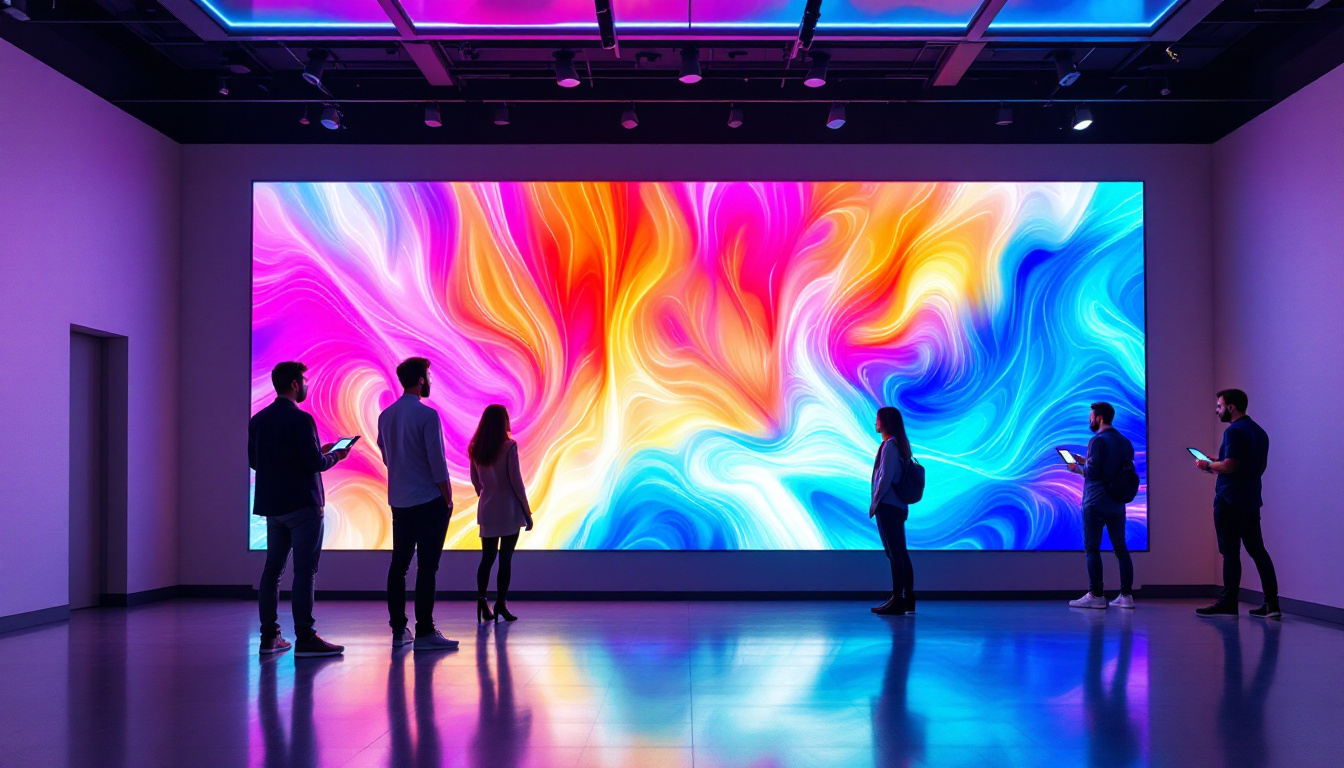The evolution of display technology has led to groundbreaking innovations that redefine how we interact with visual content. Among these innovations is the translucent monitor, a fascinating advancement in LED display technology. This article delves into the intricacies of translucent monitors, exploring their functionality, applications, and the future they promise.
Understanding Translucent Monitors
Translucent monitors are a unique class of displays that allow light to pass through them while still presenting images and information. Unlike traditional opaque screens, these monitors offer a semi-transparent view, enabling users to see both the display content and the environment behind it. This feature opens up a plethora of possibilities in various fields, including architecture, art installations, and interactive advertising. As technology continues to evolve, the applications for translucent monitors are becoming increasingly innovative, allowing for immersive experiences that blend the digital and physical worlds.
How Translucent Monitors Work
The technology behind translucent monitors primarily revolves around advanced LED (Light Emitting Diode) technology. These displays utilize a combination of transparent materials and sophisticated LED backlighting to achieve their unique visual effects. The LED lights are strategically placed to illuminate the screen while allowing a certain degree of transparency. This careful engineering ensures that the monitor can display high-quality images without compromising the see-through capability that defines its uniqueness.
In essence, translucent monitors operate on the principles of light manipulation. The LEDs emit light that is modulated by liquid crystal displays (LCDs) or organic light-emitting diodes (OLEDs), allowing images to be projected onto a semi-transparent surface. This setup not only enhances visibility but also creates a striking visual experience. Furthermore, advancements in color accuracy and resolution have made it possible for these monitors to display intricate details, making them suitable for applications that require precision, such as medical imaging and design visualization.
Key Features of Translucent Monitors
Several features distinguish translucent monitors from their traditional counterparts. One of the most notable is their ability to blend digital content with the physical environment. This characteristic is particularly advantageous in retail and advertising, where products can be showcased behind the display, creating a captivating visual narrative. For instance, a translucent monitor can be used in a storefront to display promotional videos while simultaneously allowing potential customers to view the items on display, effectively merging marketing with product visibility.
Additionally, translucent monitors often boast high brightness levels and contrast ratios, ensuring that the displayed content remains vibrant and clear, even in well-lit environments. Their energy efficiency is another significant benefit, as LED technology consumes less power compared to older display technologies. Moreover, the lightweight and slim design of these monitors makes them versatile for various installations, from wall-mounted displays in museums to interactive kiosks in public spaces. As the demand for innovative display solutions grows, translucent monitors are poised to play a crucial role in shaping the future of visual communication.
Applications of Translucent Monitors
The versatility of translucent monitors allows them to be utilized in various sectors, each benefiting from their unique capabilities. From retail environments to corporate settings, these displays are making a significant impact.
Retail and Advertising
In the retail sector, translucent monitors have revolutionized the way products are marketed. Retailers can use these displays to create immersive shopping experiences. For instance, a translucent monitor can showcase promotional content while allowing customers to see the products behind it. This dual functionality not only attracts attention but also enhances the overall shopping experience.
Moreover, brands can leverage translucent monitors for dynamic advertising campaigns. By displaying engaging visuals that interact with the physical products, companies can create memorable marketing moments that resonate with consumers. The technology also allows for real-time updates, enabling retailers to change promotions instantly based on inventory levels or customer engagement metrics. This adaptability ensures that marketing strategies remain fresh and relevant, ultimately driving sales and enhancing customer satisfaction.
Corporate and Business Use
In corporate environments, translucent monitors serve as effective tools for presentations and information sharing. Their ability to display data while maintaining a connection to the surrounding environment makes them ideal for collaborative spaces. Teams can present ideas while also being aware of their surroundings, fostering a more interactive and engaging atmosphere.
Additionally, these monitors can be used in conference rooms and lobbies, providing an innovative way to convey company branding and key messages. The semi-transparent nature allows for creative designs that can enhance the overall aesthetic of the workspace. For example, a translucent monitor can be integrated into a glass wall, displaying corporate values or project timelines while still allowing natural light to filter through. This not only promotes transparency within the organization but also creates a modern and inviting atmosphere that can impress clients and visitors alike.
Art and Design
Artists and designers are increasingly exploring the potential of translucent monitors in their work. The ability to merge digital art with physical elements creates a new medium for expression. Artists can layer visuals over real-world objects, producing stunning installations that captivate audiences.
Exhibitions and galleries can benefit from this technology by showcasing digital art in a way that interacts with the physical space. This fusion of digital and physical art opens up new avenues for creativity, allowing artists to push the boundaries of traditional art forms. Furthermore, the use of translucent monitors can facilitate interactive experiences, where viewers can engage with the artwork through touch or movement, making the art more accessible and personal. Artists can also use these displays to create narratives that unfold over time, inviting audiences to return and experience the evolution of the piece, thus deepening their connection to the art and the artist’s vision.
Challenges and Considerations
While translucent monitors present numerous advantages, they also come with challenges that must be addressed. Understanding these challenges is crucial for potential users and manufacturers alike.
Cost and Accessibility
One of the primary challenges associated with translucent monitors is their cost. The advanced technology and materials required to produce these displays can lead to higher prices compared to traditional monitors. This cost factor may limit accessibility for smaller businesses or individual users.
As the technology matures and production processes become more efficient, it is anticipated that prices will decrease, making translucent monitors more accessible to a broader audience. Until then, careful consideration of budget constraints is essential for potential buyers.
Image Quality and Performance
Another consideration is the image quality and performance of translucent monitors. While advancements have been made, achieving optimal visibility in various lighting conditions remains a challenge. Users may find that the transparency can sometimes compromise the clarity of the displayed content, particularly in bright environments.
To mitigate this issue, manufacturers are continuously working on enhancing the brightness and contrast levels of translucent displays. As technology progresses, it is expected that these monitors will offer improved performance, making them more viable for a range of applications.
The Future of Translucent Monitors
The future of translucent monitors looks promising, with ongoing research and development paving the way for exciting advancements. As technology continues to evolve, several trends are likely to shape the future of these displays.
Integration with Smart Technologies
One of the most significant trends is the integration of translucent monitors with smart technologies. As the Internet of Things (IoT) continues to gain traction, the potential for these displays to connect with other smart devices is immense. Imagine a translucent monitor that can display real-time data from connected devices, providing users with valuable insights at a glance.
This integration could revolutionize various sectors, from smart homes to corporate environments, enhancing efficiency and interactivity. The ability to control and customize content displayed on translucent monitors through smart devices will further elevate their functionality.
Advancements in Display Technology
As display technology progresses, translucent monitors are expected to benefit from innovations such as improved OLED and microLED technologies. These advancements promise to enhance image quality, color accuracy, and energy efficiency, making translucent monitors even more appealing for diverse applications.
Furthermore, developments in flexible display technology could lead to the creation of curved or adaptable translucent monitors, offering even more design possibilities for users. This flexibility could open new avenues in architecture, interior design, and advertising.
Sustainability and Eco-Friendly Solutions
With growing awareness of environmental issues, there is an increasing demand for sustainable technologies. The future of translucent monitors may see a shift towards eco-friendly materials and production processes. Manufacturers are likely to explore ways to reduce waste and energy consumption, aligning with global sustainability goals.
By focusing on sustainable practices, the industry can not only meet consumer demand but also contribute positively to the environment, ensuring that the future of display technology is both innovative and responsible.
Conclusion
Translucent monitors represent a remarkable advancement in display technology, merging the digital and physical worlds in ways previously thought impossible. Their unique ability to provide transparency while displaying vibrant content opens up a myriad of possibilities across various sectors, from retail and corporate environments to art and design.
While challenges such as cost and image quality remain, ongoing advancements promise to enhance the performance and accessibility of these displays. As the technology continues to evolve, the integration of smart technologies, advancements in display technology, and a focus on sustainability will shape the future of translucent monitors.
In summary, translucent monitors are not just a trend; they are a glimpse into the future of display technology. As they become more prevalent, they will undoubtedly transform how we interact with the visual world, creating new opportunities for creativity, communication, and engagement.
Discover the Future of LED Displays with LumenMatrix
Ready to step into the future of visual engagement? LumenMatrix invites you to explore our comprehensive range of LED display solutions, designed to bring your brand to life. From the immersive Indoor LED Wall Display to the dynamic Outdoor LED Wall Display, and from the innovative LED Transparent Display to the versatile All-in-One LED Display, our products are crafted to captivate and communicate with unparalleled clarity. Experience the revolution in display technology and check out LumenMatrix LED Display Solutions today, where transparency meets vibrancy for the ultimate visual experience.

